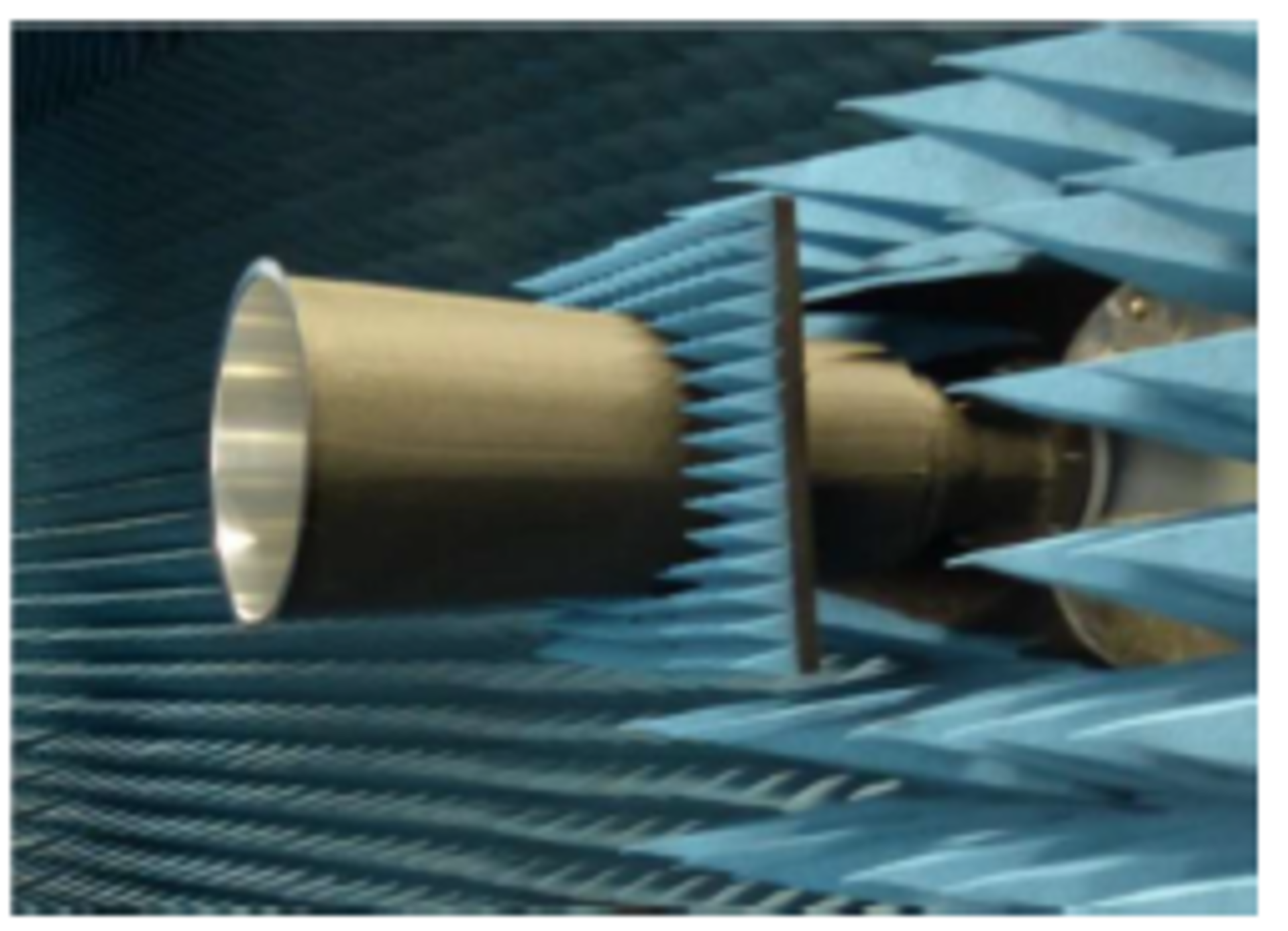Nano-materials can make lighter space components
Embedding carbon nano-materials in composite materials like carbon-fibre-reinforced-polymers can improve the material’s specific performance characteristics, such as electrical conductivity, resistance to mechanical fatigue and crack propagation.
It can also improve structural damping, passive intermodulation reduction, electromagnetic compatibility shielding, re-machining and coating capabilities.
A GSTP activity with HPS in Germany aimed to select, develop and test space hardware to explore whether performance can be improved with carbon nano-materials-reinforced composites. Two demonstrators, an optical mirror and a feed horn, were built and characterised to demonstrate the benefit of the applied carbon nano-materials for the selected space applications.
For both demonstrators, a mass saving of around 50 per cent was achieved compared to a part made conventionally. For the feed horn, a radiofrequency test showed similar results to aluminium horns and the optical mirror showed promising thermal characteristics and reflectivity, despite cracks appeared during thermal cycling.
A carbon nanotube spray process was developed to TRL5 for the feed horn. The technology was used to allow grinding of the optical surface to a high accuracy before a metal coating was successfully applied.
The activity successfully demonstrated that carbon nanomaterial reinforcements have the potential to allow significant mass reduction in space hardware, while maintaining the functional performance of the subsystems onto which they are applied.
Next, the activity plans to develop the demonstrators up to TRL 8.
G617-182QT – the activity closed in 2019 but the final documentation was received in 2020.















 Germany
Germany
 Austria
Austria
 Belgium
Belgium
 Denmark
Denmark
 Spain
Spain
 Estonia
Estonia
 Finland
Finland
 France
France
 Greece
Greece
 Hungary
Hungary
 Ireland
Ireland
 Italy
Italy
 Luxembourg
Luxembourg
 Norway
Norway
 The Netherlands
The Netherlands
 Poland
Poland
 Portugal
Portugal
 Czechia
Czechia
 Romania
Romania
 United Kingdom
United Kingdom
 Slovenia
Slovenia
 Sweden
Sweden
 Switzerland
Switzerland

























